In today’s society, technological advancements occur at a dizzying rate. New technology and innovations seem to appear daily, each promising to alter the course of human history. The world is evolving in incredible ways, but it’s easy to lose sight of that amidst the constant flood of announcements about new enormous futuristic technology advances and interesting devices.
There are AI programmes that can generate original poetry and artwork based on a simple textual prompt. There are now lab-grown foods, brain-reading robots, holograms, and 3D-printed eyes.
This is only the tip of the iceberg, so we’ve compiled a list of some of the most fascinating emerging technologies.
Sand batteries

There is no requirement that any invention that improves our future be complex; in fact, some of them are quite straightforward yet nonetheless quite useful.
One of these kinds of technologies has been developed by some engineers in Finland who have discovered a way to turn sand into a massive battery.
These engineers filled a steel container that was 4 by 7 metres with a total of 100 tonnes of sand. After that, the sand was heated up by utilising the energy from the sun and the wind.
After being collected, this heat can be redistributed by a regional energy provider to offer warmth to structures located in the surrounding areas. This is a convenient method for storing energy for extended periods of time.
All of this is brought about by a process that goes by the name resistive heating. When electrical currents rub against one another, they generate heat that can be used to warm up a material.
Sand and any other material that does not qualify as a super conductor will generate heat when electricity is passed through them. This heat has the potential to be utilised for energy generation.
.
Intelligent exo-skeletons
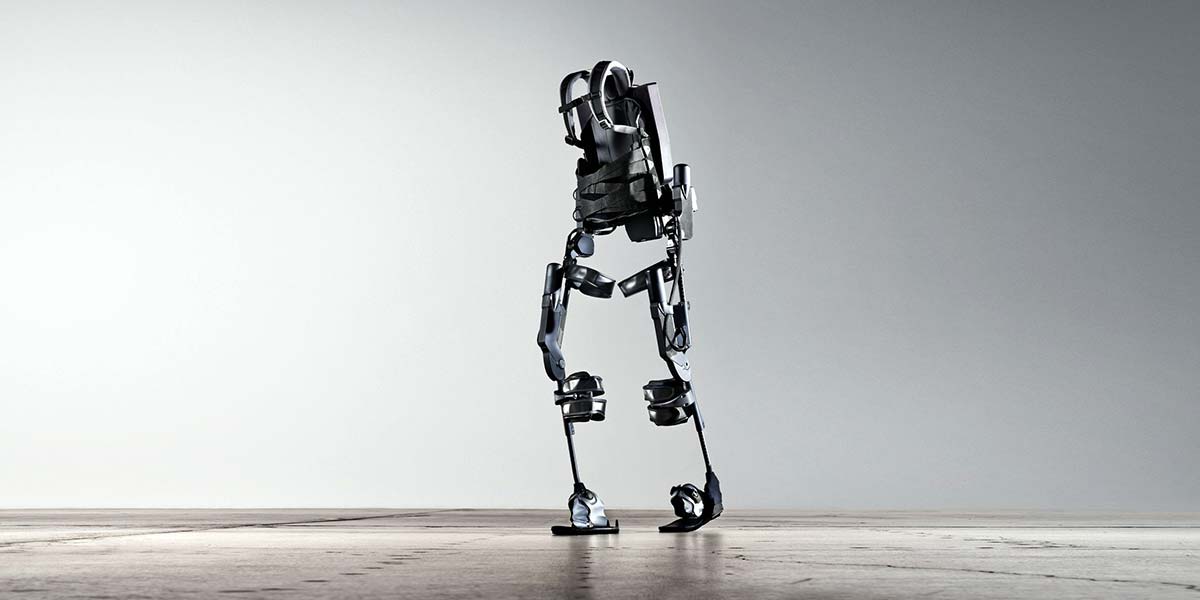
Both in popular science fiction and in the actual world, exoskeletons have been around for a number of years. However, as time has passed, the level of sophistication achieved by the technology has increased dramatically.
Especially in the past several years, we have witnessed the technology now becoming more easily accessible for people of younger generations. The Atlas 2030 is being hailed as the most cutting-edge mobile medical exoskeleton yet developed with the sole intention of serving children.
Despite the fact that it is not yet available for purchase, this technology has the potential to help children in the foreseeable future by providing a paediatric lower-body medical exoskeleton. This could assist youngsters who are unable to walk due to severe neuromuscular conditions such as cerebral palsy or spina bifida.
AI image-generation
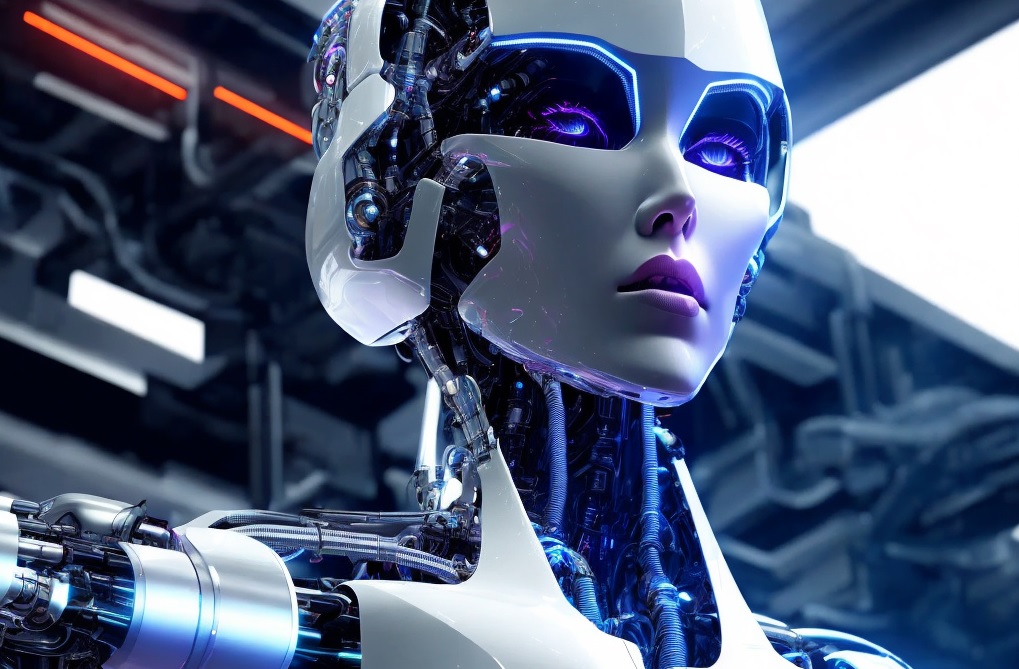
There is a new sector that can be added to the list now that artificial intelligence is getting better at doing duties just as effectively as humans do, and that sector is the realm of art. Researchers working for the startup OpenAI developed a piece of software that is capable of producing graphics based on merely being given verbal suggestions.
When you search for something like “a dog wearing a cowboy hat singing in the rain,” you’ll get a whole bunch of fully original photographs that meet the description you gave. You even have the ability to specify the artistic style that will be used to fulfil your request. However, the technology is not yet perfected and still has flaws, such as when we gave it poor prompts on designing cartoon characters. These are just some examples of the problems that still exist.
The Dall-E technology is currently in its second generation, and the team responsible for its development intends to continue improving it further in the future. This technology may, in the not too distant future, be used to construct art exhibitions; it may also be used by businesses to obtain quick, original illustrations; and, of course, it may be used to transform the way that we create memes on the internet.
There is also a piece of software called as Midjourney, which is an artificial intelligence image generator. Using only a simple word prompt, it is able to produce gothic masterpieces. We are, in every sense, already living in the future.
Brain reading robots
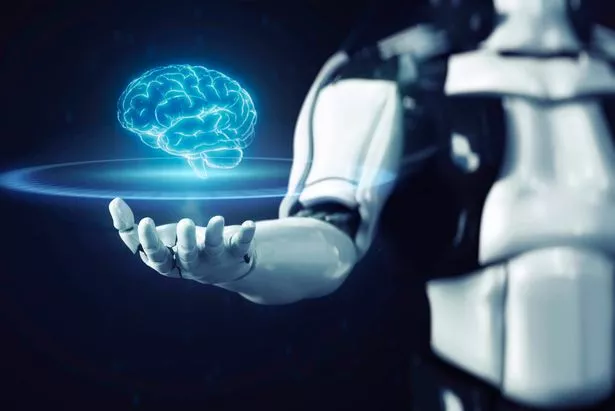
The concept of reading someone’s mind has moved beyond the realm of science fiction thanks to significant technological advancements in recent years. Researchers at the Swiss Federal Institute of Technology Lausanne (EPFL) have demonstrated one of the most intriguing and useful applications of this technology that we have seen so far in their testing.
These researchers have been successful in developing a method allowing tetraplegic patients (individuals who are unable to move either their upper or lower body) to communicate with the outside world by utilising a machine-learning algorithm, a robot arm, and a brain-computer interface.
During testing, the robot arm would carry out straightforward activities such as navigating around a barrier. The programme would then read signals from the brain using an EEG cap, and it would automatically detect whether the arm had made a move that the brain deemed to be inappropriate. For instance, the arm might have moved too closely to the obstacle or gone too quickly.
After some period of time, the algorithm will be able to adapt to the preferences and brain signals of the individual. It’s possible that in the not-too-distant future, this will pave the way for brain-controlled wheelchairs and other assistive technologies for tetraplegic patients.
3D printed bones

One of the most fascinating applications of this technology is the creation of 3D printed bones, which is a growing business that promises to revolutionise everything from the construction of inexpensive homes to the production of affordable, durable armour.
Ossiform is a firm that specialises in the field of medical 3D printing. They use a material called tricalcium phosphate, which has qualities that are comparable to those of real bones, to create patient-specific substitutes for various bones.
It is surprisingly simple to use these bones that have been produced using a 3D printer. An MRI can be performed at the hospital, and the data can be transferred to Ossiform, where it is used to create a patient-specific 3D model of the implant that is required. If the design is approved by the surgeon, it will then be printed and made ready for use in the operating room.
Because tricalcium phosphate was used in the manufacturing of these 3D-printed bones, the human body will eventually remodel the implants into vascularized bone. This is what makes these bones unique. This indicates that they will be capable of fully restoring the function that the bone that they are replacing was responsible for. The implants have a porous construction and have huge pores and canals for cells to adhere to in order for them to remodel bone in order to achieve the best integration that is humanly achievable.
Natural language Processing
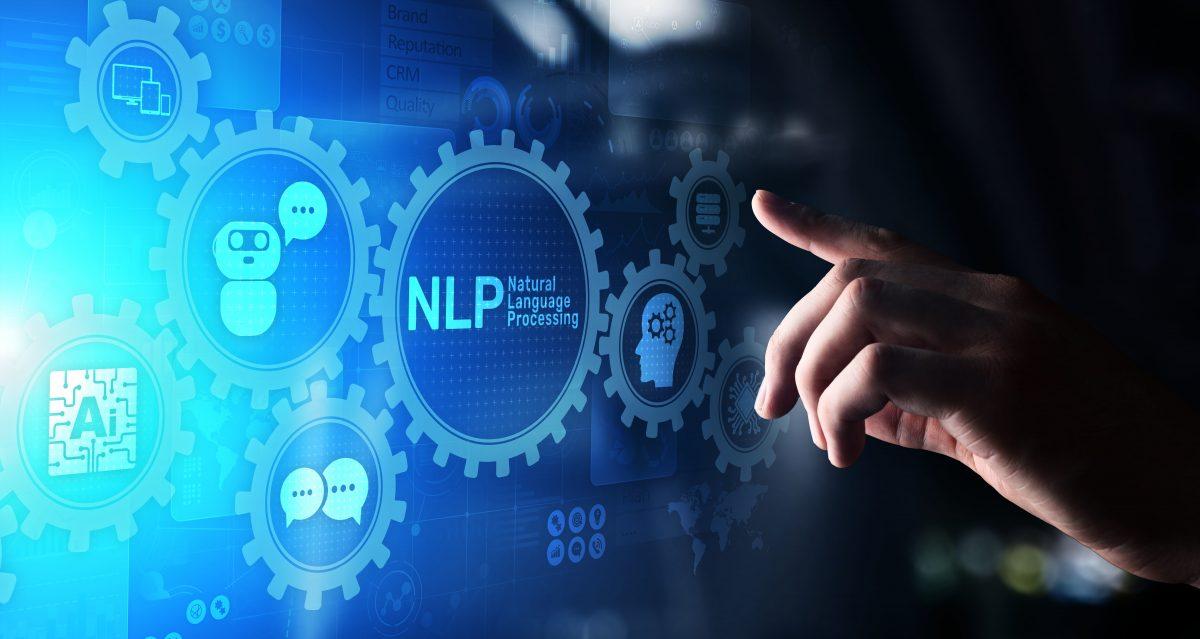
The natural language processing revolution is the most recent and exciting development to sweep the internet. Even though you’ve probably seen it in action in the autocomplete software that Google offers, or when your smartphone makes a suggestion based on what you’re trying to type, it’s actually capable of doing much more sophisticated things.
OpenAI is a firm that is at the forefront of artificial intelligence; it first made a splash on the internet with its picture generator called Dall-E 2 and has continued to innovate in this space. Now it is back, generating a chatbot known as ChatGPT, creating poems from scratch, explaining difficult theories with ease, and having full-length discussions as if it were a human being.
ChatGPT is driven by a piece of software known as GPT-3, which was taught how to construct cohesive and logical phrases by being exposed to billions of examples of texts for training.
The future of artificial intelligence can be seen in ChatGPT. It has demonstrated that it is capable of making totally new websites from scratch, writing entire length novels, and even making jokes, despite the fact that it obviously has not yet grasped the art of humour.
Digital “twins” that track your health
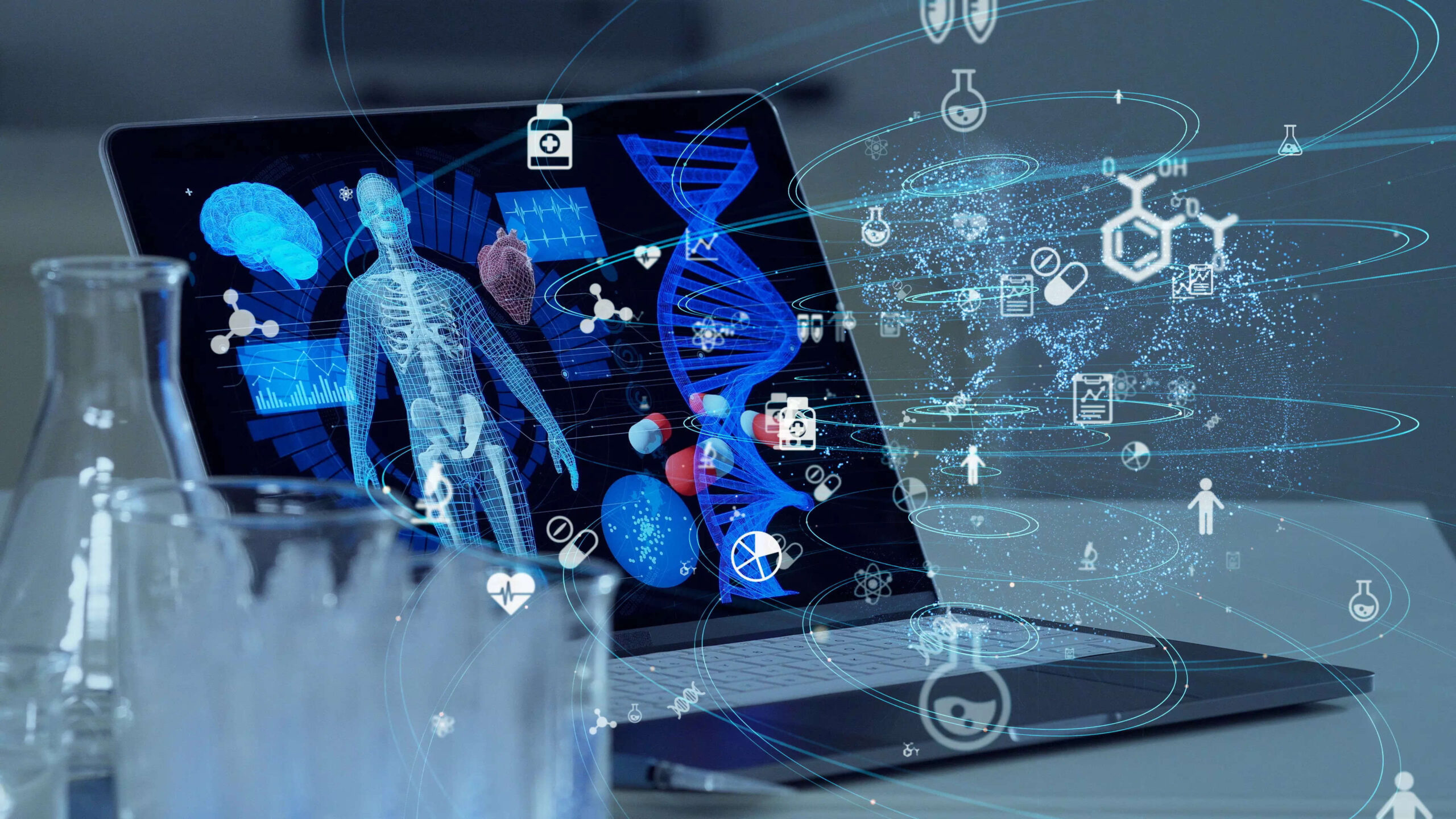
People are able to stroll into the medical facility on Star Trek, the inspiration for many of our beliefs about how technology will advance in the future, and have their entire bodies scanned digitally to look for symptoms of illness and damage. The creators of Q Bio believe that if this were done in the real world, it would not only improve patients’ health but also reduce the amount of work that doctors need to do.
The American company has developed a scanner that can measure hundreds of different biomarkers in approximately one hour. These indicators include hormone levels, the amount of fat that is building up in your liver, signs of inflammation, and markers for a variety of different cancers. It is their intention to make use of these data in order to create a 3D digital avatar of a patient’s body. This digital avatar, also known as a digital twin, will be able to be followed over time and updated with each new scan.
Q Bio’s Chief Executive Officer, Jeff Kaditz, is optimistic that it will usher in a new era of preventative and individualised medicine, one in which the massive amounts of data collected will not only assist medical professionals in determining which patients need to be seen by them the soonest, but also in the development of more advanced methods for the diagnosis of disease.








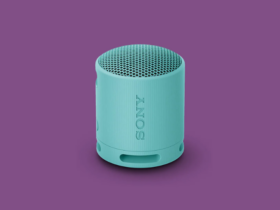
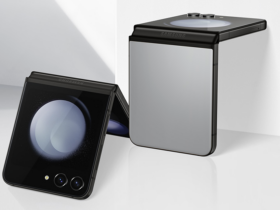





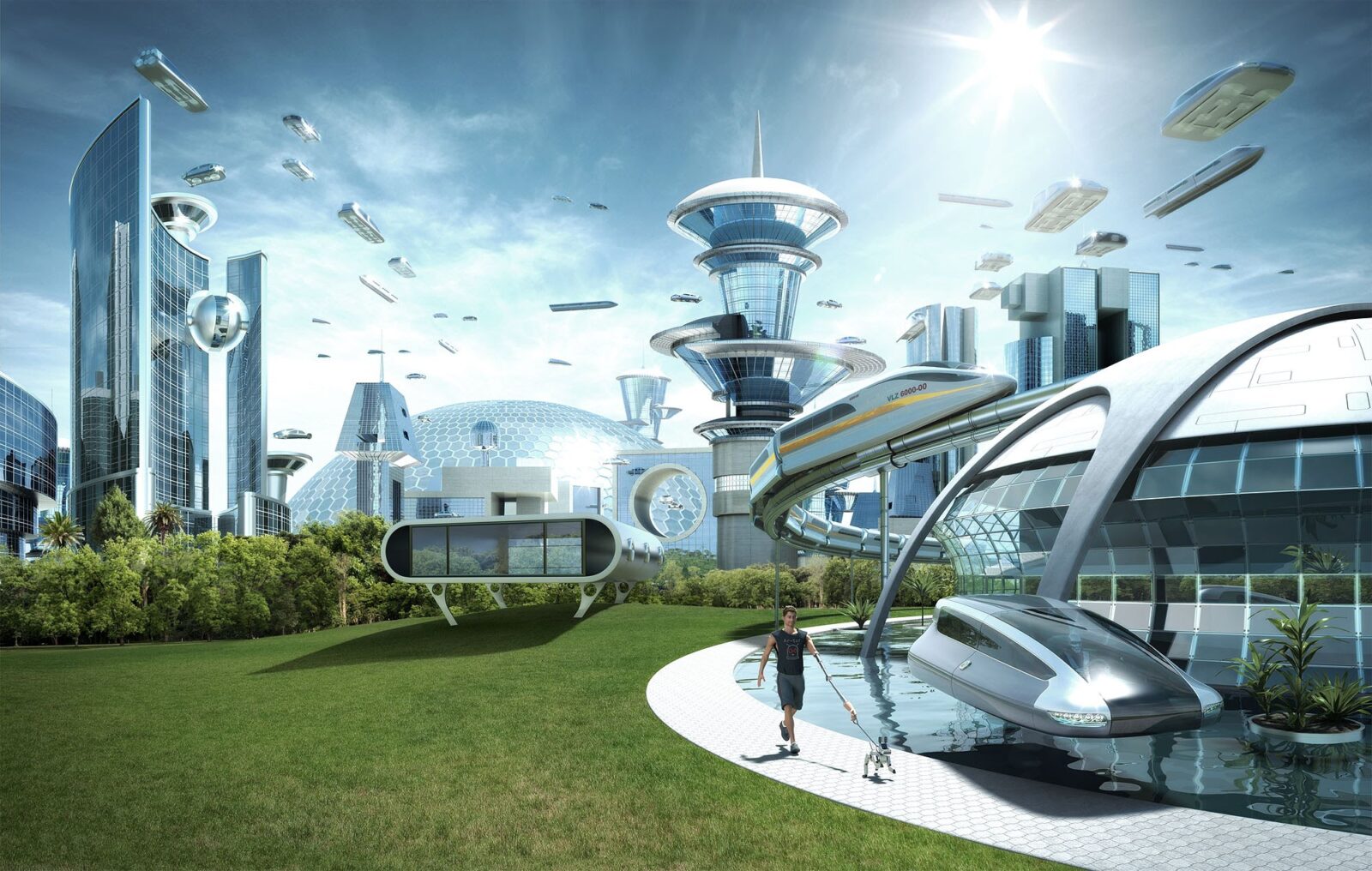

Leave a Reply